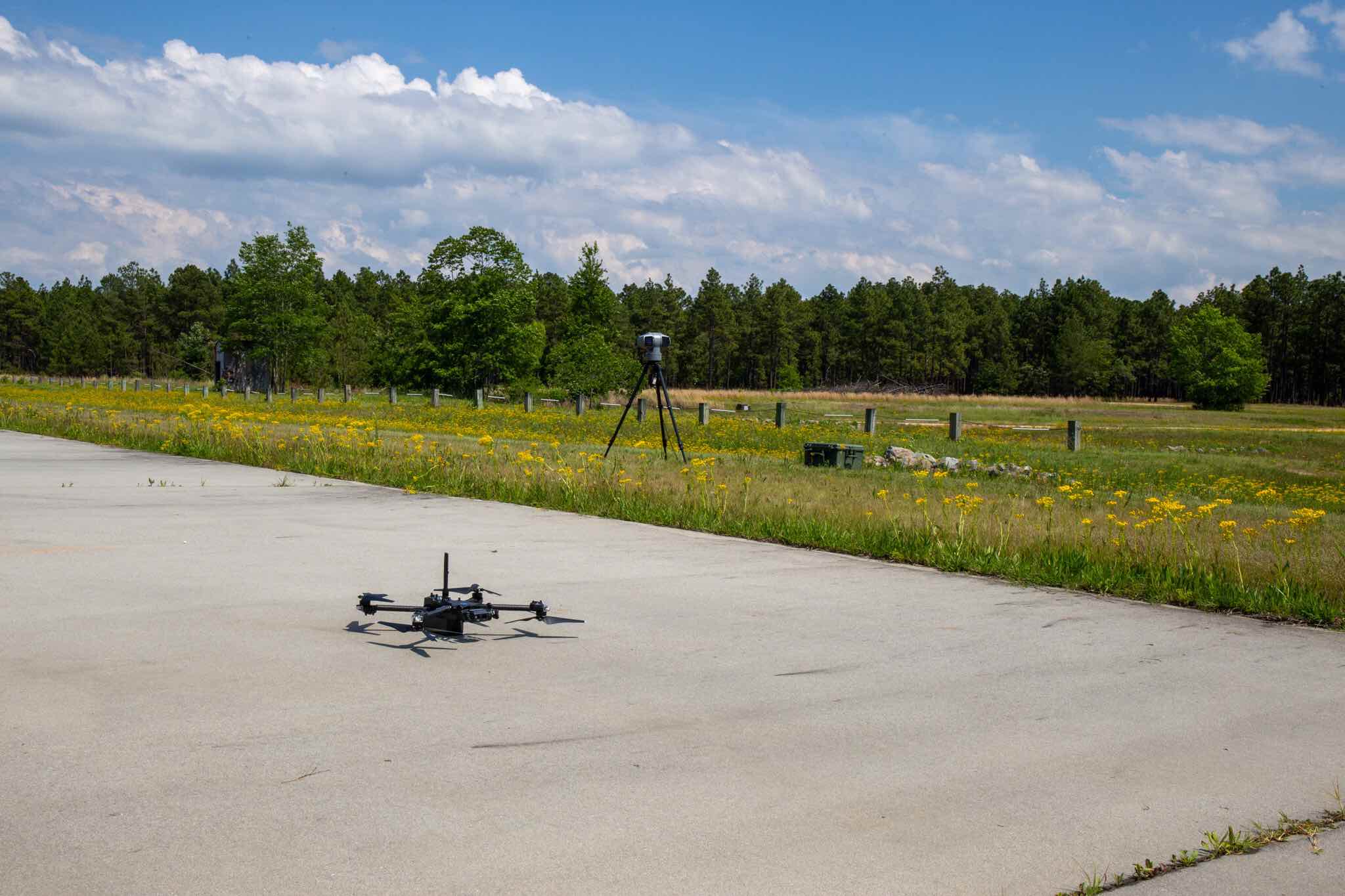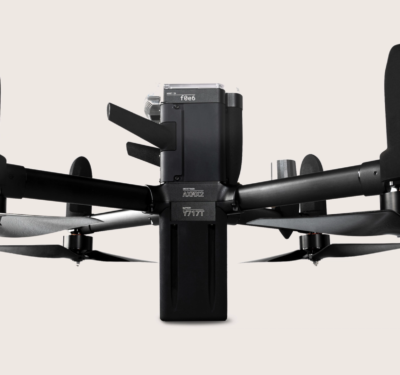Defense technology company Picogrid has announced two major developments underscoring its growing role in modern battlefield integration: the opening of a new 25,000-square-foot manufacturing facility in El Segundo, California, and the award of a $1.1 million U.S. Army contract to deploy its Legion software platform, a tool designed to unify fragmented military systems.

Rebuilding the Arsenal: A Strategic Manufacturing Investment
The new El Segundo facility triples Picogrid’s production capacity, adding space for prototyping, testing, and low-rate production of its edge-computing systems and tactical networking nodes. It’s a move that reflects more than just operational growth—it signals a broader strategic pivot toward onshore defense industrial revitalization.
“El Segundo’s reputation as a global center for aerospace and defense is not new,” said Zane Mountcastle, CEO of Picogrid. “We walk in the footsteps of legends who developed this region into an industrial powerhouse—Jack Northrop, Howard Hughes, Donald Douglas. These were visionaries who built the foundation of modern aviation and space exploration. We’re proud to carry that tradition forward with an emphasis on speed, modularity, and modern engineering.”
By investing in domestic manufacturing capacity, Picogrid positions itself as a key player in the U.S. effort to rebuild sovereign production capability for advanced defense systems—an imperative driven by rising global instability, supply chain vulnerabilities, and the urgent need for agile, interoperable tech on the battlefield.
“This expansion is not just about growing a business; it’s about reaffirming America’s commitment to technological leadership,” said El Segundo Mayor Chris Pimentel. “We’re proud to have Picogrid as part of our story.”
Picogrid also announced plans to open a high-rate manufacturing site in Oklahoma by 2026 to meet escalating demand from both defense and commercial sectors.
$1.1 Million Army Contract to Field Legion Integration Platform
In parallel, Picogrid secured a $1.1 million contract from the U.S. Army Engineer Research and Development Center (ERDC) to deploy Legion, its next-generation software platform designed to connect legacy military hardware, modern sensors, and digital planning tools into a single operational interface.
“Legion breaks down the walls between systems that were never meant to work together,” said Martin Slosarik, co-founder of Picogrid. “We’re giving warfighters powerful, modular tools that extend the capability of platforms they already know—especially tools like TAK.”
Legion has already been fielded in large-scale Army exercises and tested by U.S. Air Force and Space Force units, demonstrating its ability to serve as a software-defined glue layer for disconnected systems across land, sea, air, and space domains.






